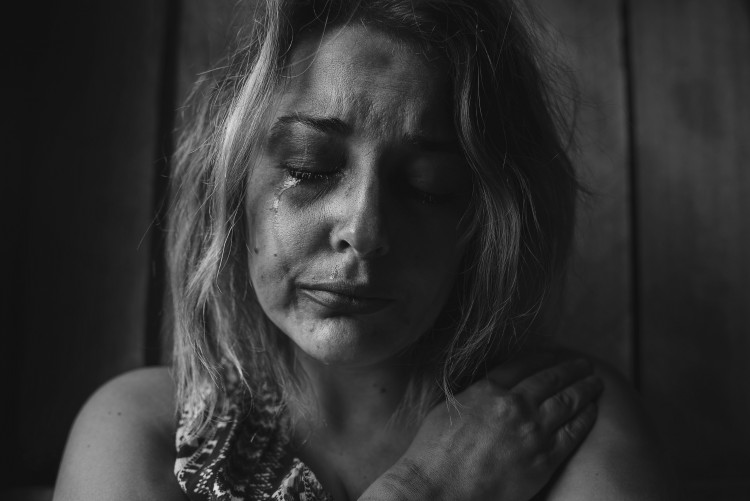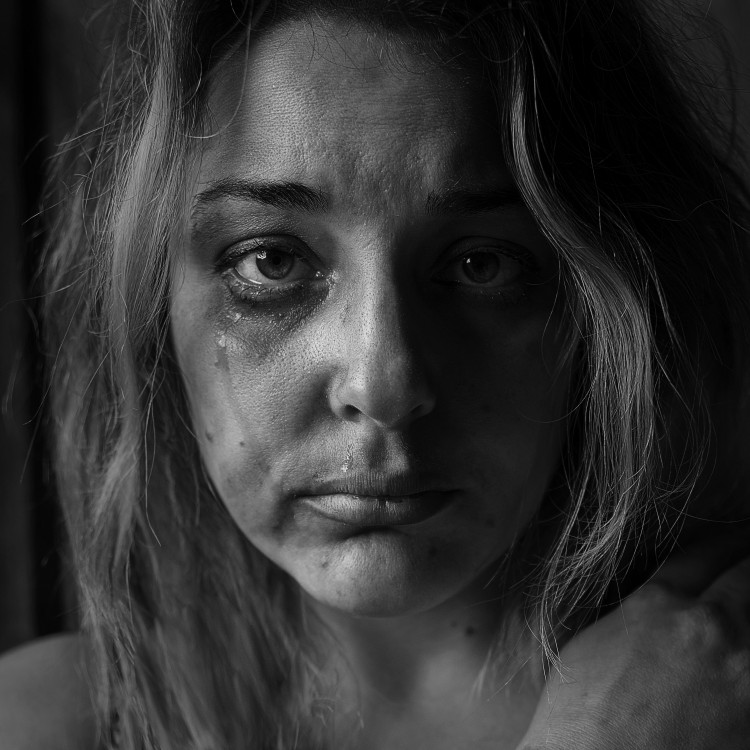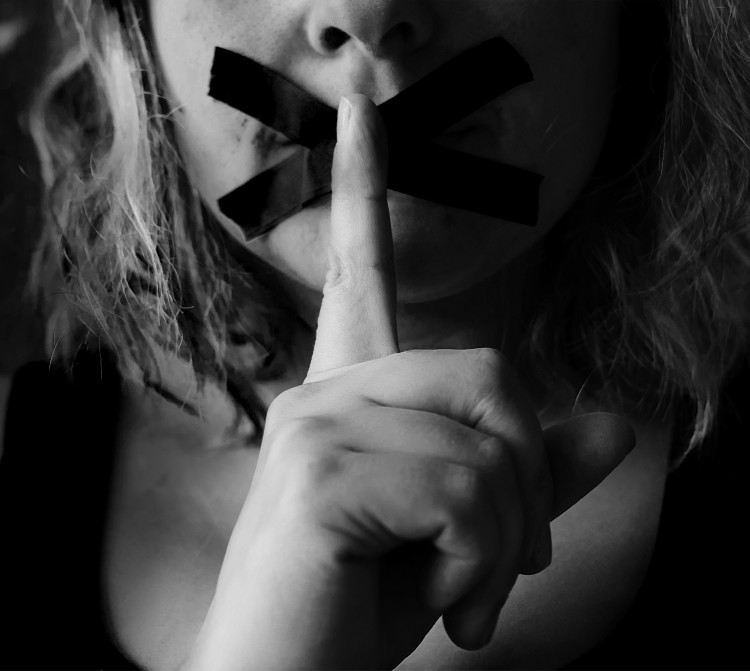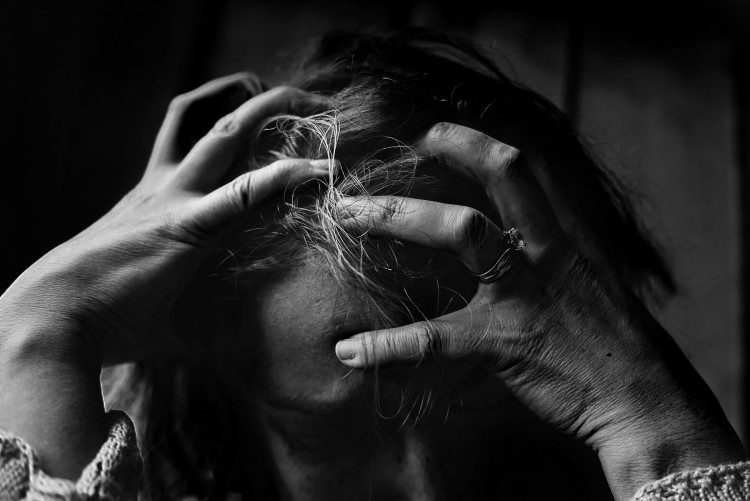Why do I always say “fine” or “good” when asked, “How are you?”
Why would I muster up a smile on the bad days when I feel like crying? Why would someone who prides herself on being a morally upright and honest person deliberately lie so often?
Because, if I was to really explain to people how I truthfully feel on the bad days, they would be shocked. They probably wouldn’t even be able to believe it if I was to show them that the girl they think is always bright and bubbly, put together and strong, is actually feeling battered and bruised, to drop the mask and let them see the tear-stained face and quivering lips that often appear behind closed doors.
Those who do not experience depression, anxiety, or chronic pain do not understand the daily challenge of simply acting normal. Most try their very best to empathize (like my amazing husband) and be kind, but there are some who seem irritated or uncomfortable if you express painful and deep emotion – I like to hope this is because they do not know how to react or what to say. Personally, I am so thankful many of my friends and acquaintances do not understand because I hate the thought of others living life with this challenge, especially those whom I care deeply about.
If only there was a way we could make the invisible visible, to help others to see without them experiencing the pain themselves.
Up until last year, I was a professional photographer. It was not just my career, it had been my passion too. To be able to capture memories and emotions for others was rewarding, to see their surprise and joy when they received their images was heartwarming. There is something beautiful and haunting about the way the camera can capture feeling, the magic of emotion.
Today I wanted to do something a little different to what I would have done for a client – a project that wasn’t about joy and wouldn’t be heartwarming. This collection of images would be about understanding, to show what it looks like when the inside is displayed on the outside. I set about taking a series of self-portraits that showed how I sometimes feel, the overwhelming emotions I wish I could express if I could guarantee the person I was sharing them with wouldn’t be upset or judgmental of them.

Tearful.
Overwrought and exhausted. The tears come without sobs, just silently spilling out, trying to ease the pressure inside. There are times these quiet messengers continue to seep out for hours after the worst is over.

Battered.
The hurt inside is so vivid, like a darkening bruise or the redness and smeared makeup from trying to dash away the tears. The thoughts swirling in your mind assault you and cause scars that will take years to heal, if at all.

Ashamed and silenced.
Avert your eyes, close them, hide what you feel.
Silent for fear of judgment or criticism, of not being believed, or for contaminating someone with your pain.
Afraid. The hope you cling too seems to slip away on these bad days when everything is crashing around you. Unsure which way is up and which way is down. Heart racing and head spinning, unsure if things will ever be “normal” again.

Alone.
The emptiness is consuming. The loneliness clutches at the heart like a trap, holding on tight, making it bleed, threatening to stop it beating. The tightness in the chest is painful and numb at the same time. Scared you will never shake off this feeling of isolation and pain, that you will never feel whole.
I wonder what those people would say if they could see the inside on the outside like this. Would they try to be more empathetic and understanding, maybe ashamed or sorry for the times they thoughtlessly commented things like, “You just need to think positive,” “It will be OK in the end, just don’t worry so much,” or “Pray more,” and left it at that, suggesting they were thinking that someone’s ailing mental health was all a little dramatic to be believed?
The problem and the blessing with having a so called invisible illness is that to most people the symptoms are impossible to see. If we did wear our emotional pain on the surface, chances are those of us with these conditions would never leave the house – so ashamed of our “disfigured” bodies that we would hide away from others eyes.
I am thankful my art can be used show how it can feel, to maybe help others to understand in some small way what those of us with mental illness can experience. My photography can be helpful in giving me a creative outlet for the emotional deluge. But even more so, I am grateful I can mostly choose to camouflage my distress – make my mouth smile and my lips tell the little white lie of “I am fine, thank you.”
Follow this journey on The Art of Broken
We want to hear your story. Become a Mighty contributor here.

